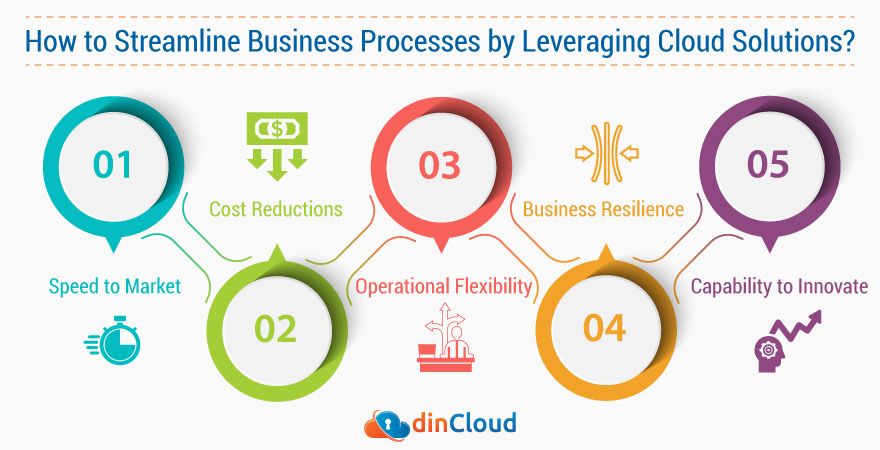
DIY Mobile App Development: Tips for Beginners
- 0
With the ever-increasing popularity of smartphones, mobile apps have become an integral part of our lives. Whether you have a brilliant idea for a new app or simply want to enhance your programming skills, DIY mobile app development is an excellent venture to embark on. Creating your own mobile app may seem like a daunting task, but with the right guidance and tools, even beginners can bring their ideas to life.
1. Define Your App’s Purpose and Target Audience
Before diving into the development process, it is crucial to define the purpose of your mobile app and the target audience it aims to serve. Clearly defining your objectives will help you make informed decisions regarding design, functionality, and features throughout the development process.
2. Research and Plan
Thorough research is an essential step before you begin developing your mobile app. Analyze the existing apps in the market that share similarities to your concept. Identify their strengths, weaknesses, and the unique features that make them successful. This research will assist you in creating a competitive app that resonates with your audience.
Once you have gathered enough information, start planning your app’s architecture. Visualize the flow of screens, user interactions, and overall layout. This planning stage will act as a guide as you proceed with the development process.
3. Choose the Right Platform
Deciding on the platform for your mobile app is a critical step. You can choose between iOS, Android, or a cross-platform framework like React Native or Flutter. Consider your target audience and the scope of your app while making this decision. Native apps offer the best performance and user experience, but cross-platform frameworks allow you to develop for multiple platforms simultaneously.
4. Learn a Programming Language
To develop a mobile app, you need to learn a programming language. For iOS apps, Swift or Objective-C are the primary options, while Java or Kotlin are commonly used for Android development. If you opt for a cross-platform framework, you may utilize JavaScript with React Native or Dart with Flutter.
Online courses, tutorials, and documentation provided by the platform or framework can assist you in learning the language effectively. Practice coding regularly to strengthen your skills and gain confidence in app development.
5. Utilize App Development Tools and Resources
To streamline your development process, take advantage of the numerous app development tools available. Integrated development environments (IDEs) like Xcode for iOS and Android Studio for Android help you write, debug, and test your code efficiently. Additionally, frameworks like React Native and Flutter offer pre-built components and libraries that expedite the development process.
Also, explore online communities, forums, and developer resources related to your chosen platform or programming language. Engaging with experienced developers and staying updated on the latest trends and best practices will enhance your capabilities and accelerate your learning curve.
6. Design a User-Friendly Interface
Design plays a crucial role in the success of any mobile app. Create a visually appealing and intuitive user interface (UI) that facilitates easy navigation and ensures a smooth user experience. Pay attention to color schemes, typography, and iconography to maintain consistency throughout the app’s design.
Employ prototyping tools like Figma or Adobe XD to create interactive mockups of your app before jumping into development. This allows you to test the usability and identify any potential issues or improvements before investing time in coding.
7. Test and Refine
Thorough testing is essential to ensure the functionality and stability of your mobile app. Perform testing on different devices, platforms, and screen sizes to identify and rectify any bugs or compatibility issues. Utilize emulator tools provided by the platform’s IDE to simulate various scenarios and gauge the app’s performance.
Solicit feedback from early users or beta testers to obtain valuable insights. Their feedback will help you refine your app, improve its functionality, and add any missing features or enhancements.
8. Publish and Promote Your App
Once your app is thoroughly tested and refined, it’s time to publish it to the respective app stores. Follow the platform-specific guidelines and requirements for app submission. Prepare compelling app descriptions, attractive screenshots, and engaging promotional materials to entice users to download and use your app.
Implementing effective app store optimization (ASO) techniques and marketing strategies, such as social media promotion, content marketing, and influencer outreach, will help you gain visibility and attract a larger audience.
In Conclusion
DIY mobile app development can be an incredibly rewarding journey, allowing you to bring your unique ideas to life and connect with millions of potential users. By defining your app’s purpose, conducting thorough research, learning the necessary programming language, and utilizing the right tools, you can create a successful mobile app that leaves a lasting impression.

